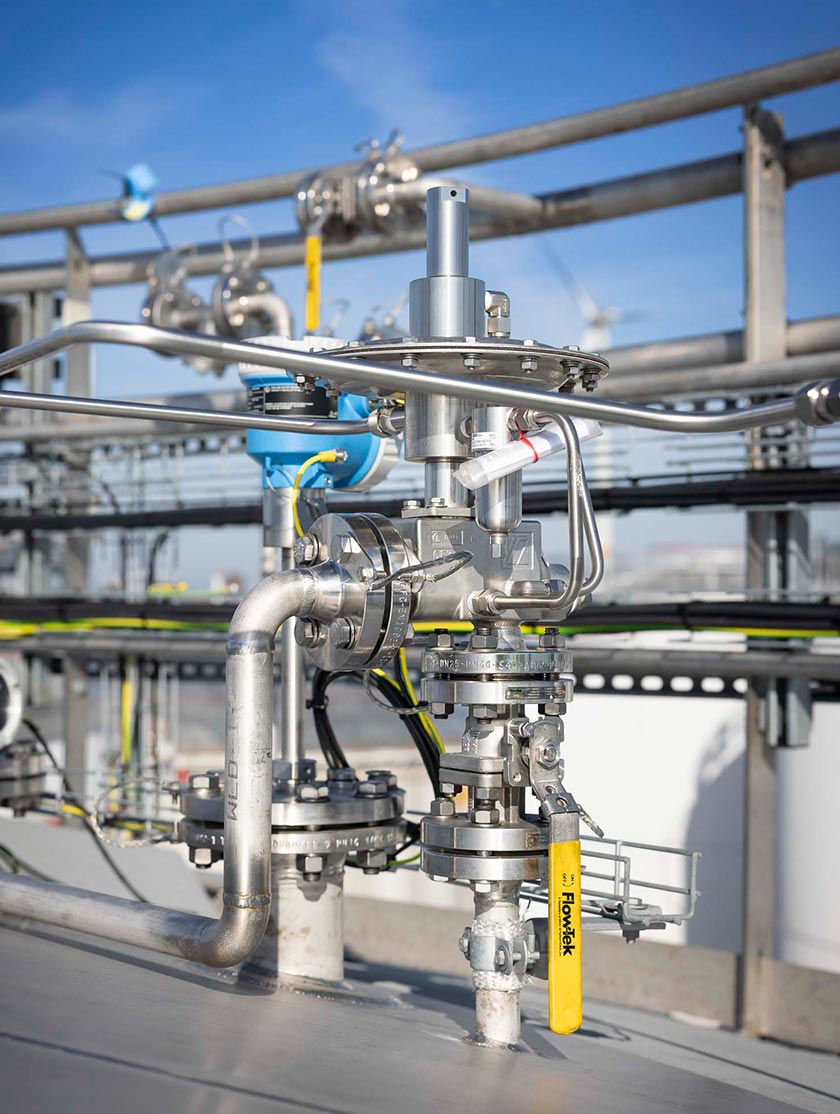Economic Implications of Implementing Pressure Reducing Regulators in Industrial Applications
In industrial processes, maintaining optimum pressure levels in fluid and gas systems is critical to ensuring safety, operational efficiency, and equipment longevity. Pressure reducing regulators (also referred to as pressure regulators) are essential control devices that automatically reduce and stabilize high inlet pressures to a desired lower outlet pressure. While their functional benefits are well known, the economic implications of implementing pressure reducing regulators warrant a full evaluation for industries considering their integration.
Initial Capital Expenditure
The initial cost of pressure reducing regulators varies significantly depending on several factors:
- Type and Size: Pressure reducing regulators are available in a variety of designs (balanced piston, diaphragm, or pilot operated) and sizes, selected based on flow and pressure range. Larger or specialized regulators typically come with a higher cost.
- Material Specifications: Industrial applications may require pressure reducing regulators constructed of stainless steel, brass, or other corrosion-resistant materials. Harsh environments or hazardous fluids require higher quality materials, resulting in higher capital expenditures.
- Control Features: Pressure reducing regulators with advanced features such as integrated pilot controls, digital pressure sensors, or remote monitoring capabilities come with a higher cost, but offer greater accuracy and operational flexibility.
Installation and Integration Costs
Installing pressure reducing regulators involves more than just purchasing the device. The complexity of the existing piping system, accessibility, and regulatory compliance impact installation costs:
- Labor and Engineering: Skilled labor is required to properly size, position, and calibrate the pressure reducing regulator to ensure it operates efficiently within the system.
- System Downtime: In retrofit installations, process downtime can result in lost production and revenue, a critical consideration, especially in continuous process industries.
- Auxiliary Equipment: Additional components such as bypass lines, meters, filters, and relief valves may be required to complete the pressure reducing regulator installation, resulting in additional costs.
Operating and Maintenance Costs
Although often overlooked, the ongoing costs associated with pressure reducing regulators are critical to determining the total cost of ownership:
- Energy Savings: By maintaining a stable, optimal pressure, pressure reducing regulators can reduce energy consumption and prevent overpressurization and excessive downstream throttling, contributing to savings in operating costs.
- Maintenance Frequency: High-quality pressure reducing regulators designed for industrial use typically require little maintenance, but periodic inspection, cleaning, and calibration are required to prevent failure, resulting in labor and parts costs.
- Replacement Parts: Over time, diaphragms, seals, and springs can wear out, making replacement necessary to maintain regulator performance.
Risk Reduction and Indirect Cost Benefits
Implementing pressure reducing regulators can reduce the risks of pressure spikes, equipment damage, and safety hazards. Indirect cost benefits include:
- Reduced Equipment Downtime: Proper pressure control prevents damage to sensitive downstream equipment such as valves, compressors, and piping, reducing unexpected repair costs.
- Compliance and Accountability: Complying with safety standards and regulations through pressure regulation can prevent costly fines and improve workplace safety while protecting your organization from legal liability.
Summary Table: Economic Considerations for Pressure Reducing Regulators
| Cost Factor | Details | Economic Impact |
|---|---|---|
| Initial Capital | Type, size, material, advanced features | Higher upfront costs for precision and durability |
| Installation | Labor, engineering, system downtime, auxiliary equipment | Varied costs, potential lost production in retrofits |
| Operating | Energy savings via stable pressure, optimized consumption | Reduced ongoing energy expenses |
| Maintenance | Periodic inspection, calibration, replacement parts | Moderate recurring expenses to maintain performance |
| Risk Mitigation | Prevents pressure spikes, protects equipment, ensures compliance | Indirect savings by avoiding damage, fines, and liabilities |
Conclusion
While the initial capital and installation costs of industrial pressure reducing regulators can be significant, these costs must be weighed against the long-term operational efficiency, energy savings, reduced maintenance, and risk mitigation benefits. A thorough cost-benefit analysis, including equipment specifications, application requirements, and potential downtime, is essential to making informed decisions. Ultimately, investing in high-quality pressure reducing regulators can result in improved process control, increased safety, and significant cost savings over the lifecycle of industrial systems.
Tailored Pressure Reducing Regulators for Your Industry |
Cashco’s regulators are engineered for demanding sectors like oil & gas, residential, manufacturing, and more. Explore our industry-ready models or complete the Regulator Sizing Form for help selecting a regulator that meets your specific operational standards.
Wonder how pressure reducing regulators perform in real-world applications?
Check out our animation to see how they power industrial systems safely and efficiently.





